TexSom – the name synonymous amongst wine-centric layman, master sommeliers (MS), masters of wine (MW), and certified wine educators alike, is “THE” answer to the burning question – an exclusive and rare opportunity to taste one-of-a-kind wines spanning five decades from a single country, albeit South Africa.
Sure you have known wines from France, Italy, Spain, and even Georgia, but did you know South Africa, the country known for its wildlife parks and Mandela, is also, known for viticulture?
The lethargy of a 6 am flight was immediately remedied, the moment we laid eyes on the impressive South African wine lineup comprising of these elusive “unicorn” wines. Leading our sui generis seminar was the esteemed Jamie Goode – in the flesh. The London based Dr. of plant biology, wine columnist, and novelist sporting multiple best-sellers under his arsenal of The Science of Wine from Vine to Glass. Authentic Wine: toward Natural and Sustainable Winemaking, and upcoming release I Taste Red: Understanding the Flavor of Wine.
To understand how far SA’s wine culture has evolved let’s take a look back at its colorful yet challenging past:
- 1659: Birth of South Africa Wine – Februrary 2nd, by Dutch East India Company.
- 1685: Governor Simon Van Der Stel founded Constantia Estate (now a ward of the Coastal Region). Sweet Vin de Constance wine (Muscat grape) holds the honor of being the first new world wine to seduce Francophiles.
- 1825: 31 million vines were planted, and wine accounted for more than half the value of the Cape’s exports.
- 1880: Vines arch nemesis’s Phylloxera arrived in the Cape and decimated a quarter of vines.
- 1918: Formation of the cooperative KWV or (Kooperative Wijnbouwers Vereniging van Zuid Afrika) to overcome over-production and plummeting price predicament. Essentially a cooperative of wine producers and growers, fixed minimum prices, defined areas of production and production limits. Wine and Spirits Control Act in 1924 formalized KWV’s power to fix the price of wine used for brandy production, followed by table wine price in 1940, and set quotas for wine production in 1957. Farmers simply grew grapes – then sold them to cooperatives who made the wine, and the KWV would market and sell these wines. Hence South Africa wineries earned it’s title “wine farm”.
- 1973: From chaos comes clarity – Wine of Origin (WO) legislation act. A certification system via tasting and scientific analysis to confirm wine’s correct organoleptic qualities for its cultivar (variety) and age. This appellation system, with its hierarchy of production areas – geographical units, regions, districts, and wards, also legislated the ‘Estate Wine’ concept. As of 2006 a wine must contain 85% of the stated varietal. A minimum 85% of the stated vintage is also required. If an area of production appears on the label, 100% of the grapes from which the wine was made must come from the stated area.
- 1994: End of apartheid in 1994 and the transformation of the KWV into a private company in 1997 initiated the modern wine revolution. Challenged by the Minister of Agriculture, an out-of-court settlement demanded KWV compensate a sum of 369 million rand ($77 million then) into the South African Wine Industry Trust to redress inequalities of the past and to assist in the management and promotion of the industry.

Terroir: Nearly twice as large as the state of Texas, most South African wine production is limited to a small area in the southwest corner of the country – Western Cape, including WO areas and prominent regions: Coastal Region, Cape South Coast, Breede River Valley, Klein Karoo, Olifants River, and Boberg.
Despite it’s African geography, South Africa enjoys a Mediterranean climate with cool, wet winters and warm dry summers. According to the Winkler scale, most wine regions can be classified as Region III sites (as in Oakville, Napa Valley), IV (like Sydney), and some in V (Perth). High-elevation or proximity to sea experience Winkler II. Cape Doctor wind provides respite during spring and summer, inhibiting fungal disease but at times assaulting the vines.
South Africa contains some of the world’s most ancient soils, ranging from alluvial loam over shale on the valley floors to decomposed granite and sandstone on the hillsides. Including calcareous soil similar to Burgundy’s côte d’or around inland Robertson.
Shall we taste? Out of the 75 permitted cultivars, the top five grape varieties in South Africa are Chenin Blanc, Cabernet Sauvignon, Colombard, Shiraz and Sauvignon Blanc. Check out John and Erica Platter’s Wine Guide most comprehensive listing first published in 1980.
Sauvignon Blanc: South Africa is producing delicious whites with energy and personality, particularly from cooler vineyard sites such as Darling, Durbanville, Cape Point, Hemel-en-Aarde, and Elim. Our SB line up comprised of the iconic Constantia Glen 2006 WO and Klien Constantia 2006 WO and Vergelegen 2010 WO, Western Cape, both sporting over 300 years of wine-making heritage. In case you are wondering, Constantia has been divided and changed hands over the years, hence Glen and Klien.
Chardonnay: I skipped a beat when Mr. Jason Kline (Account Executive Noble Wines) first introduced me to the kinetic premium Capensis Chardonnay, a joint project of two friends, Antony Beck – Graham Beck Wines and Barbara Banke – Jackson Family Wines. Move over white burgundy, there is a new kid on the block. Intellectually interesting and downright delicious were De Wetshof Estate Chardonnay sur lie Bon Vallon 2004 WO, Robertson and Vergelegen Chardonnay Reserve 2006 WO Stellenbosch. Both from SA’s iconic producers proving without a shadow of doubt the age-ability of SA Chardonnays.
Depending on the wine maker’s stylistic expression South African Chardonnay showcases a varied kaleidoscope of flavors from flinty, purity of fruit, steeliness of Chablis, to richer oak-driven interpretations, all embracing the sophisticated mineral character, I find to be the underlying distinct signature of SA Chardonnays.
Chenin Blanc: With dedicated 18,515 hectares (2010, SAWIS), Steen (Chenin Blanc) clearly reigns supreme and is the most planted cultivar (varietal) in SA and the leading producer of Chenin Blanc in the world, followed by Loire (France) and USA.
Bruwer Raats is producing some of the most exciting renditions of Chenin in the new world. Raats Chenin Blanc 2005 WO, Stellenbosch made from 33 year old vines, on decomposed granite and table mountain sandstone, embraced in some oak love, was drinking beautifully with richness and long finish.
Business tycoon Wendy Appelbaum formerly of Johannesburg acquired De Morgenzon in 2003, elevating it to super-stardom status. Equally rich, showcasing lively acidity was De Morgenzon Chenin Blanc 2006 WO, Stellenbosch, made from their block of Chenin Blanc dating from 1971, indigenous micro flora, aged on the less in French Oak barrels, and bottled without stabilization.
Sémillion: Sémillon (known as ‘Green Grape’ for it’s green leaves), once residing over 90% of the wine farms in South Africa in the 19th Century, is reduced to a few spots in the culinary capital of the country – Franschhoek. One of the finest expressions comes from the mature bush vines of Bokenhoutskloof established in 1776. Cool fermented in 100% new Dargaud & Jaegle, Allier & Vosges barrels with 5% Sauvignon Blanc, no malolatic fermentation or battonage, the Bokenhoutskloof Semillion 2004, WO Franschhoek was full bodied, brimming with ripe fruit, waxy-lanolin texture, and dry finish was singing swimmingly.
Pinot Noir: There’s not much Pinot Noir grown in South Africa. However the options available are fine efforts. They range from the lauded winemaker Gottfried Mocke’s era, Chamonix Pinot Noir Reserve 2008, WO Franschhoek made from the highest elevation parcels intoxicated our senses with minty and savory notes to the Hamilton Russell Vineyards Pinot Noir 2000, WO Walker Bay from the pioneer of one of the most exciting wine regions of the country Hemel-en-Aarde (“heaven on earth” in Afrikaans). Mr. Russell planted his Pinot Noir and Chardonnay 2 miles (3km) or so from the Atlantic Ocean to take advantage of the cool sea air and initiating a revolutionary movement for viticulture.
Pinotage: It would be a travesty if a South African wine tasting did not include the country’s national specialty, Pinotage, a crossing of Pinot Noir and Cinsaut. Fairly simple fruity to seriously oaky renditions are available at reasonable prices. From the historic Stellenbosch producer Kanonkop located on the red, decomposed granite soils of the lower slopes in the prime Simonsberg-Stellenbosch ward was the oak-driven Kanonkop Pinotage 1998 WO, Stellenbosch.
Peter Finlayson, a champion of Pinot Noir in South Africa, who helped build the foundation for for Hamilton Russell Vineyards in Walker Bay, jumped ship to establish his own winery Bouchard Finlayson in 1989. Bouchard Finlayson Hannibal 2006, WO Stellenbosch is an ambitious blend of 34% Sangiovese, 31% Petite Syrah, 20% Pinot Noir, 13% Nebbiolo, 2% Mourvedre.
Cabernet Franc: Parent of our beloved Cabernet Sauvignon, it beats me why Cabernet Franc is treated like a step-child? I for one relish it’s herbal, spicy, earthiness, medium body, and lower tannin structure. Both Warwick Cabernet Franc 1997, WO Stellenbosch from the “first lady” of South African wine Ms. Ratcliffe’s Warwick Estate and Raats Cabernet Franc 2007, WO Stellenbosch were showing splendidly.
Merlot: Merlot the fashionable partner of Cabernet Sauvignon is gaining in popularity in South Africa especially as a blending component. Vergelegen Merlot 2004, WO Stellenbosch a blend of 85 % Merlot – 15 % Cabernet Franc using French Bordeaux and Italian clones.
Cabernet Sauvignon & Blends: Cabernet Sauvignon is South Africa’s most planted red cultivar comprising just under 12% of the country’s vineyards.
The first wine estate in South Africa, today a Heritage site Groot Constantia continues it 330 years of wine-making with fine fruit. Groot Constantia Gouverneurs Reserve 2003, WO Constantia a blend of 60% Cabernet Sauvignon, 30% Merlot, and 10% Malbec was a fine example of elegance you come to expect from a mature wine.
The ambitious winery gaining cult status producing only one wine with their own fruit, De Toren Fusion V is named after the blend of five Bordeaux cultivars Cabernet Sauvignon, Merlot, Cabernet Franc, Malbec and Petit Verdot. Christmas came early for us lucky folks who got the opportunity to taste their maiden release De Toren Fusion V 1999 and 2005, WO Stellenbosch, both aged in American and French oak. Looking for the Christmas gift for an oneophile, try and snag a bottle of the ultra-premium De Toren Book 17 XVII which comes in it’s very own locked case with a key.
The first historic estate to offer a high quality Bordeaux blend is Meerlust, a family vineyard representing eight generations of the Myburgh Family since 1756. Estate’s flagship wine Rubicon is undisputedly one of the finest old school Bordeaux blends in the world and easily one of the most ridiculously under-valued jewel. We couldn’t get enough of Meerlust Rubicon 2005, WO Stellenbosch phenomenal juice.
Ambitious Paarl based project Vilafonte, a joint venture of industry icons – Mike Ratcliffe family (Warwick), Dr. Phil Freese, and California based expert Ms. Zelma Long produces only two wines – Series C (Cabernet Sauvignon & Cab Franc based) and Vilafonte Series M (Merlot & Malbec).
Famed for their Sauvignon Blanc, brother and sister duo Abrie and Jeanette Bruwer are current custodians of Springfield Estate, a family estate since 1688. A wild card from rocky, unwheely patch of less than three acres, vinified in the traditional way – no crushing of berries, no yeast but that from their skins, no fining additives or filters, kept for two years in the best new French-oak barrels deliver intensely concentrated 100% Cabernet Sauvignon Methode Ancienne 2002, WO Robertson. From the hottest property of their times we tasted Thelema Cabernet Sauvignon 1996, WO Stellenbosch.
It would seem appropriate for Rhone varieties such as Syrah/Shiraz and Mourvedre a late ripening grape, susceptible to cool temperatures, to find home in South Africa’s hot, dry climate. The first winery in South Africa to bottle a Mourvedre Beaumont makes 100% Mourvedre from nine year old wines, aged in French Allier oak – Mourvedre 2004 WO, Bot River Walker Bay.
Did you know Syrah sports 40% higher anthocyanins than even the brooding Carignan, making it a fitting candidate for long-term ageing. Currently showing promise are the stellar wine regions of Stellenbosch, Paarl, and Robertson.
Established in 1693, Fairview Estate produced it’s first wine in 1699, about 47 years after the first Dutch Settlers arrived at the Cape. Fast forward two generations, today, Charles Back II is the star player in South African wine business lauded for launching the modern Swartland Revolution amongst other notable achievements. The Fairview Shiraz Reserve 1990 WO Western Cape was shining in all it’s earthy goodness.
Charles Back II’s private label Spice Route produces the flagship wine Malabar, manually harvested from dryland vineyards from deep red oakleaf and koffiekliphave soils. Soft and supple they have won many accolades including 4 1/2 stars – Platters Wine Guide amongst others. Spice Route Malabar 2004, WO Swartland a blend of Shiraz 50% Mourvedre 31% Petite Sirah 13% Grenache 6% and Spice Route Malabar 2007, Swartland – 52% Syrah | 24% Mourvèdre | 10% Petite Sirah | 7% Grenache | 7% Tannat.
Dessert Wines: Lustrous sweet nectar cited by the likes of Jane Austen, Charles Dickens, and Napoleon himself – Vin de Contance. Historic Constantia Estate, decimated by the notorious phylloxera louse was revitalized in 1986 by Klein Constantia. A gift of time, Klien Constantia Vin de Constance 2006, WO Constantia is made with raisinated, healthy (un-effected by botrytis) 100% Muscat de Frontignan aka Muscat Blanc à Petits Grains grapes, picked through a painstaking process in tries.
Sensational wines holding the test of times were the rare fortified jewels of the cooperative – KWV Muscadet Late Bottled Vintage 1930, WO Boberg Superior, KWV Ruby Port 1949, (Tinta Barocca and Souzau), WO Boberg Superior, and KWV Hanepoot Jerepigo Superior 1973 (Muscat of Alexandria), WO Breede River Valley.
South African’s dynamic wine evolution can be sub categorized into three phases:
Phase I: 1990’s development of wine estates, expanding into cooler areas like Elgin, Walker Bay and Elim to the south, Darling to the north, modern wine making, planting new varieties. Paving the way are wine producers Thelema, Warwick, Kanonkop, Simonsig, Klien Constantia, Rustenberg, Chamonix, Boekenhoutskloof, Vergelegen, Ken Forrestor, Hamilton Russell, Bouchard Finlayson.
Phase II: The dauntless generation of younger wine makers, aching to make their mark – Miles Mossop, Chris Williams, Eben Sadie, Mullineux, Peter Allen Finlayson, Reyneke. And then the revolutionary Swartland Movement lead by the champion cheerleader of Swartland Eben Sadie who put the region on wine lover’s map. Planting varieties most suitable for dryland viticulture such as red Rhone varieties like Syrah/shiraz, Mourvèdre, Grenache Noir, Carignan, Cinsaut, Tinta Barocca, Pinotage and whites like Chenin Blanc, Grenache Blanc, Marsanne, Roussanne, Viognier, Clairette Blanche, Palomino (Fransdruif/Vaalblaar), Semillon (Groendruif) representing at least 90% of all blends. Prohibiting the popular boys previously planted – Cabernet Sauvignon, Merlot, Chardonnay and Sauvignon Blanc (technically they can constitute no more than 10% of a blend). Forming the amity alliance Swartland Independent Producers (SIP) association, which demands that their wines be grown, vinified, matured, and bottled in the Swartland. Minimum of manipulation in both vineyard and cellar, so that a natural wine has no inoculated yeast or added yeast supplement, no acidification, no added tannin, not chemically fined, not undergo any technological process (reverse osmosis), and aged in no more than 25% new European oak.
Phase III: The Swartland revolution paved the way for aspiring young producers Savage, Alheit, Craven, Testalonga, B Vinters, Restless Rivers, JH Meyers, and Blank Bottle, stalwarts producing finely crafted wines expressing South Africa’s unique terroir.
Chew on that!
One thorn on my side is the overarching curiosity or dare I say, this un-satiated understanding of how wine evolves in a bottle?? How blissful would it be to experience current and older vintages of the same wine, in order to appreciate and advocate the merits of cellaring and invest in it’s winery.
Standing ovation to Mr. Jamie Goode and TEXSOM for enlightening our palates to some of the finest values in the wine world today. I for one, am delighted to be a torch bearer for South African wines.
Food for thought: Industry icons such as May-Eliane de Lencquesaing of Pichon Lalande (Glenelly), Pierre Lurton (Morgenster), Paul Pontallier of Chateau Margaux, Bruno Prats of Cos d’Estournel and Hubert de Boüard de Laforest of Chateau Angélus (Anwilka), Christian Dauriac of Destieux (Marianne Estate), Alain Moueix of Fonroque (Ingwe) and Michel Rolland (Bonne Nouvelle) are seriously investing in South Africa.
South Africa carpeted with old vines, straddled in ancient soils, boasting a staggering 300 years of wine-making is producing world-class wines with silky fruit, underlying earthiness, thoughtfully restraint, sporting lower octane, and vibrant acidity. Isn’t that best of both the worlds – Old and New?
Research Source: Jamie Goode Wine Anoark, South African Wines, Janice Robinson Online, & Fine Wine Magazine.
About Author
You may also like
1 thought on "A Tale of Time: Tasting South African Wines with @jamiegoode #texsom"
Comments are closed.
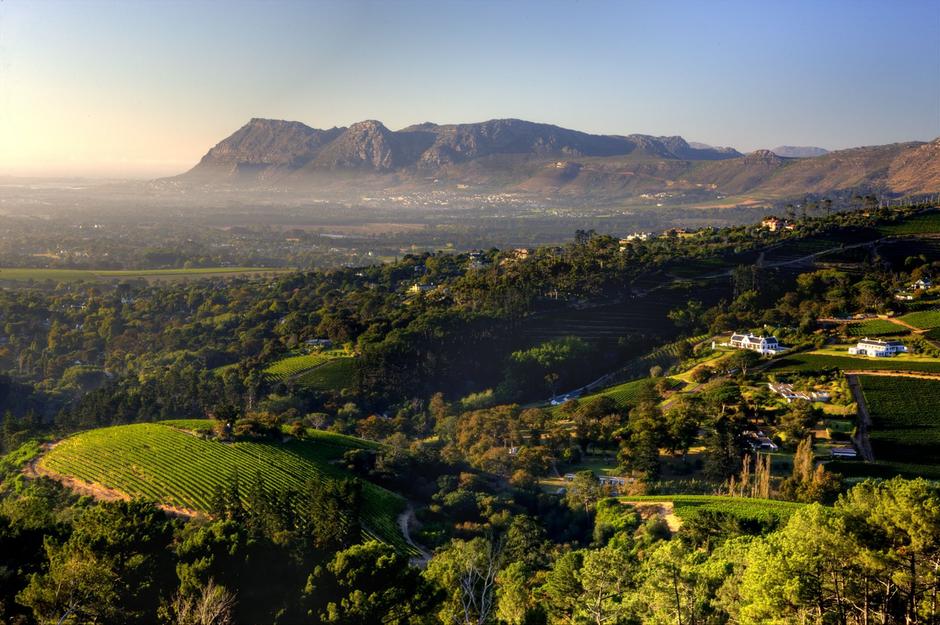
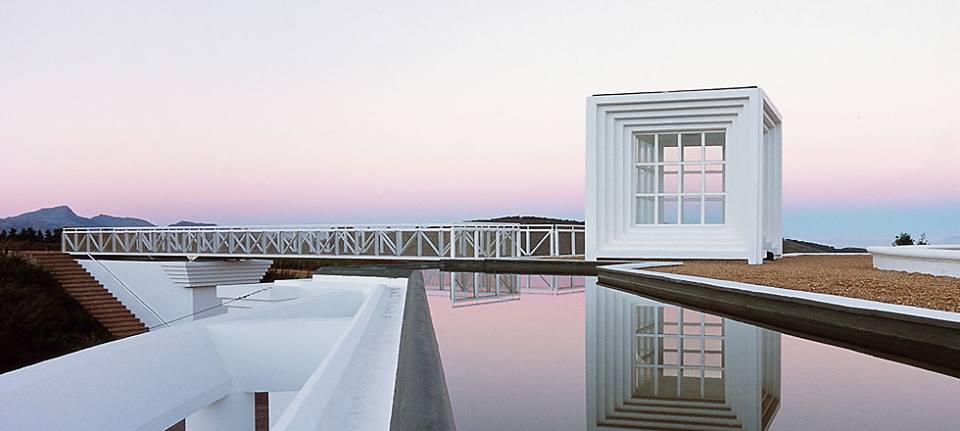
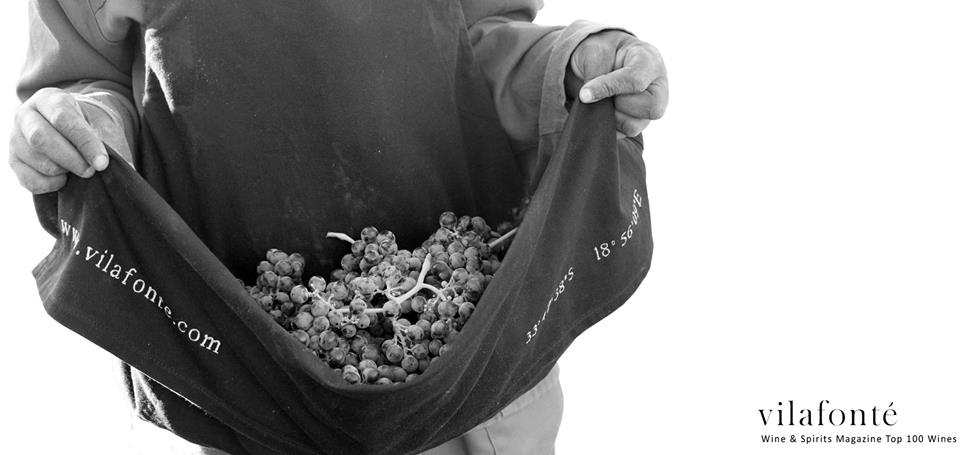
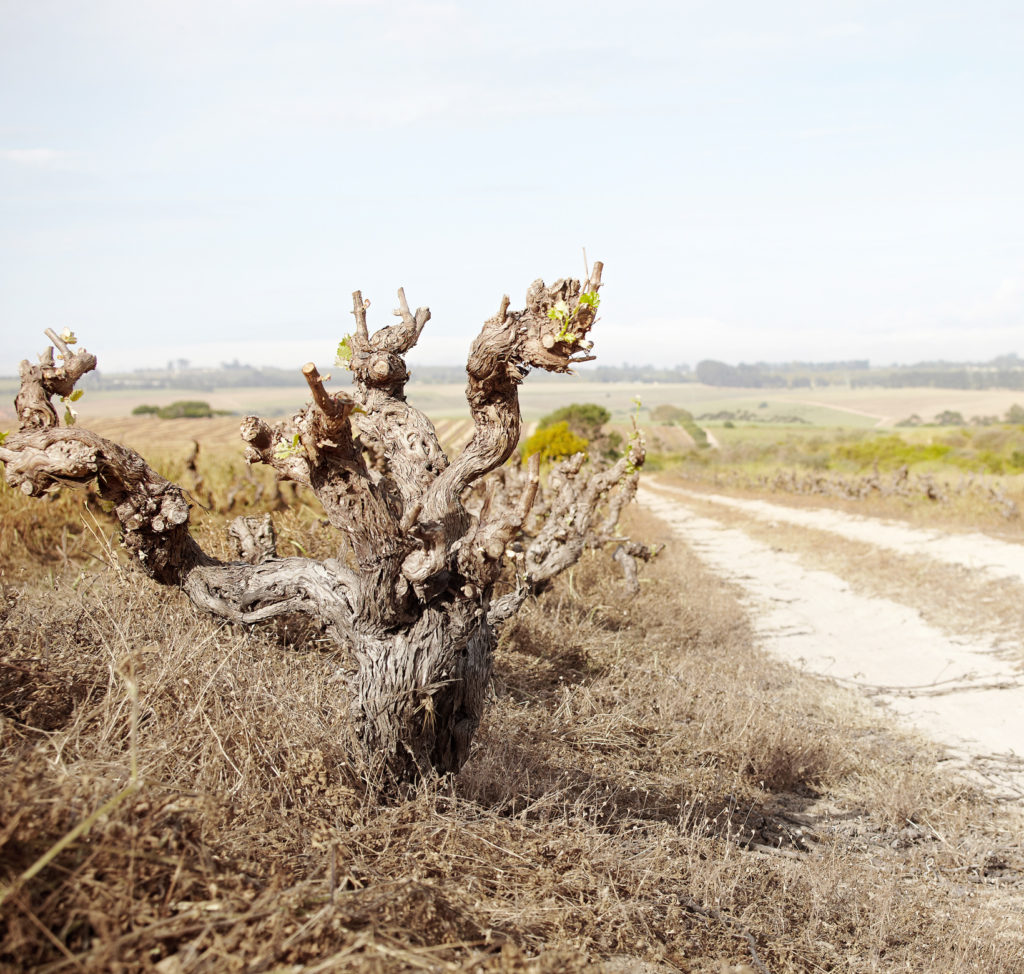
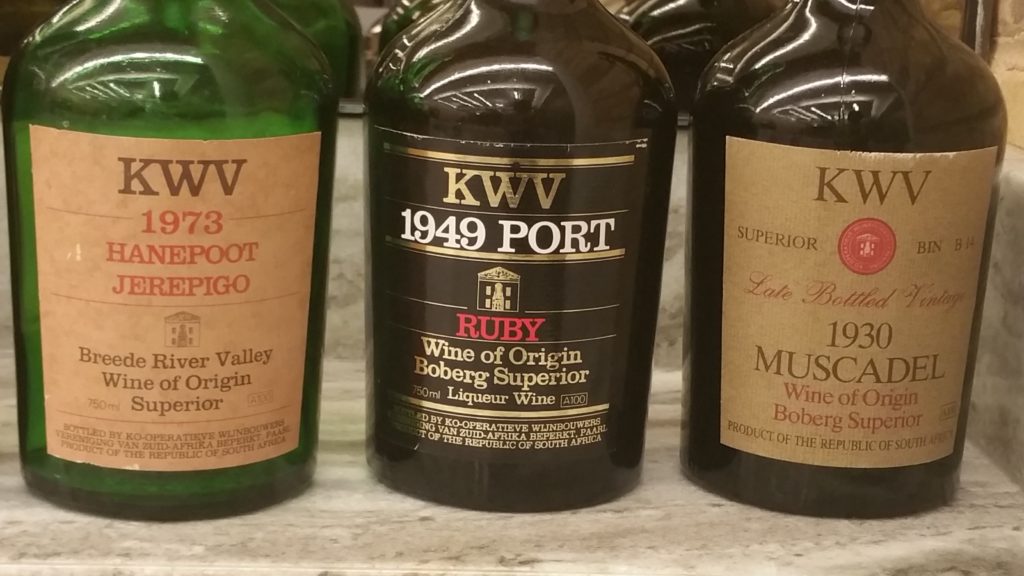

Good day,
Please could you provide me with a email address and contact number for Rashmi Primlani, as we would love to add her to our Database.
Kindest regards,
Lorraine Vorster
Hamilton Russell Vineyards / Southern Right / Ashbourne
Hemel-en-Aarde Valley
P.O. Box 158
Hermanus WC7200
South Africa
Tel: +27 (28) 312-3595
Fax: +27(28) 312-1797
lorrainehrv@hermanus.co.za
lorraine@hamiltonrussellvineyards.com
http://www.hamiltonrussellvineyards.com